Lynx Hilo (vs. BLA 002r)

I’ve been living with my Hilo for about a month and a half so so now and I figured I would collect my thoughts about the box in case anyone else finds themselves in the position of need to replace a DAC like mine and is looking in this price and feature range. Also, writing this is a great means of procrastination!
My Previous Interface: BLA Signature Modded 002r
Since about 2013, I’ve been using a Digi 002r modified by Black Lion Audio. Specifically, the signature series mod. The before and after when it came back from their shop in Chicago was astonishing, and frankly, it continues to perform better than almost every interface I’ve ever tried. Even the fancy ones. However, the 002r is old. Like almost two decades old at this point. I mean, the Digidesign name was retired by Avid over a decade ago.
As we all know, old is not bad though. If anything, old and still in use signifies stable, reliable, and still competitive performance. But for an interface, that means that its use in the digital domain can become problematic as its basis of connectivity can become outdated. For the 002r, 1394 was used, or “FireWire” as I knew it. Because this isn’t a standard type of connectivity anymore, it requires a PCI card and the drivers it uses are way out of date and unsupported by Avid. Up to the end of last year, I was still running the 2014 9.0.8 drivers which, technically, aren’t even for the 002r.
Which, BTW, if you have a 002r and are trying to get it to work, you can find those drivers here. Those were stable for me running Pro Tools Ultimate on win 10, both PTs and win being frequently updated. Yes, I know, technically that should not work. Also, as a note, the FW cable mattered. I don’t know enough to know how or why, but the original cable for my 002r worked, others did not. Also, again, I went through 3 PCI cards. I bought the cheap ones and I think between the GPU being right beside it and just long daily use they all eventually died a heat death or something.
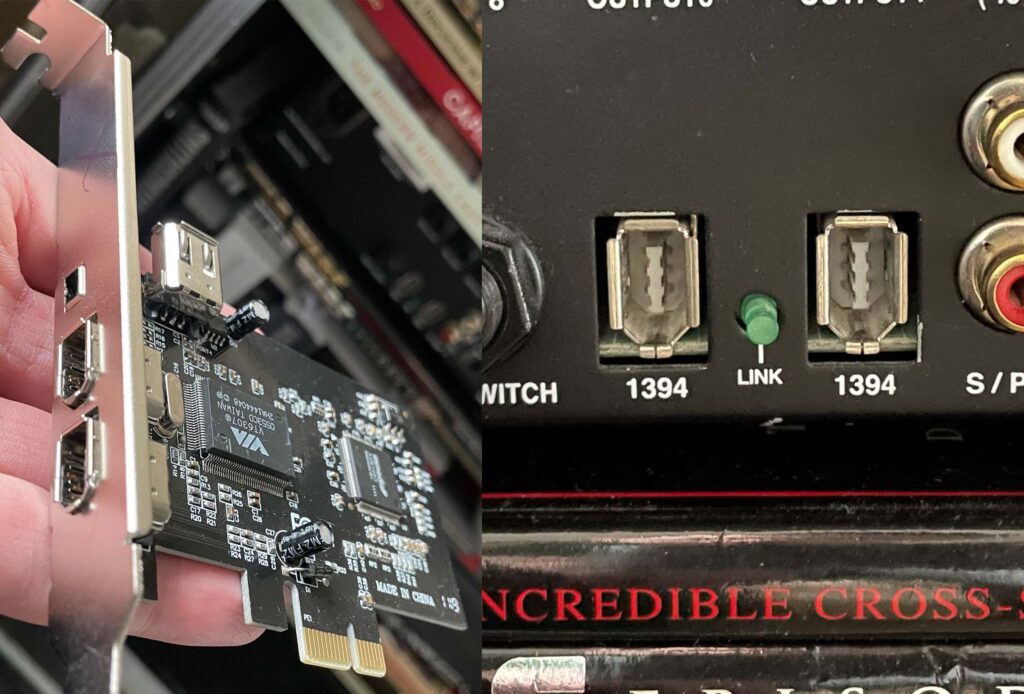
Anyway, at the end of last year, the signs of the 002r finally reaching the end of its life appeared. Random disconnects, audio artifacts–the intermittent crackling and popping that will terrify you when you least expect it, and might damage your monitors. And I was busy at the time, so downtime was not acceptable. So I finally decided to get a new DAC (or ADAC, whatever, I rarely record anything so I don’t particularly need an ADC).
Why the Hilo?

For a long time, I had been eyeballing Antelope’s Pure2, and more recently the Amari. The Pure2 would have more sense if I had actually had use for a clock distribution system. But it lacked any meaningful monitor control, and wouldn’t work on the desktop, two things that I had been increasingly wanting to shift towards just for the ergonomics of my rig. Similarly, but in different ways, the Amari seemed made to meet needs dissimilar to my own. The Amari appeared to be tailored for the very high-end hi-fi consumer and lacked the flexibility of the Hilo. And for both, the fact that it could only ever be USB connectivity turned me off. Though I might never use anything else, I like the option to be able to change or upgrade the digital coms for the Hilo, and I plan to keep this ADAC for a long time.
Speaking of time, the Hilo is not new at all, first appearing in 2012. But, as previously mentioned, old does not equal bad when we’re talking gear. Add to that the fact that the software and firmware seem to be frequently updated. The USB drivers were last updated in 2019, and the USB firmware was updated as recently as this past December (2021). A solid bit of hardware with software that is actively being improved by the manufacturer with no signs of dropping the device from their lineup anytime soon, plus that option of changing the connection modality down the road? It made a lot of sense to me.
In all, there were a few reasons why I chose the Hilo. The specs were a factor, of course. For those interested, here are the audio science review deets, the tl:dr of which is “The Lynx Hilo is essentially without faults in its DAC performance.” But beyond that, there were several other key features and characteristics that pushed me toward this particular ADAC.
Thoughts on Performance
General & Relative DAC Impressions
If you came here for validation that you should buy, or that you were correct in buying a Hilo, welcome to the part where I validate your thinking as well as my own! And of course, I am biased and literally invested in this bit of kit, so take everything with a grain of salt. But…
The Hilo sounds fantastic. Crosstalk must be lower than my 002r as the imaging is noticeably clearer. The noise floor is also seemingly lower. One of my soundcheck tracks to orient my ears is SBTRKT’s “Wildfire” featuring Little Dragon. This track is handy in listening to a system’s transient response, but also in gauging intelligibility. Inbetween the smacking kicks and snare, you can hear the slapback echo, verb lingering on for ages from the vocal, a subtle delay on the vocal, and the noise floor of the track. You can also hear the headphone bleed from the vocal tracks. I knew all of this was there, but switching from the 002r to the Hilo, these features were much more apparent to me. Again, maybe just bias, but I genuinely think things are clearer for me here.
Moving from transients to transparency, the Hilo does just fine in my book. The 002r imparted a bit more low-end excitement onto things than the Hilo. But what the Hilo lacks in excitement, I feel it provides a touch more clarity. Low and extreme low end (at least as low as my monitoring situation can perform) feel tighter. Phase issues are more apparent. Flubby kicks sound more flabby, subsonic bass feels coherent. Marina Tuset’s “13 Segundos” is one of the tracks I specifically use for low-end judgments. Listen to the way the kick kind of “wuffs” in-between the attack and decay of the envelope. Also, side note, I love this track but Rapsusklei’s feature sounds like it was converted to an mp3 a few times too many. Want to know what obvious artifacting sounds like? That’s it!
Finally, just thinking about the overall soundstage and dynamics, I just couldn’t be happier with the thing. One of my go-to checks for the “do I feel like I’m there with the musicians?” is The Goat Rodeo Sessions. I’ve got this album in lossless 48kHz/24bit, though the nature of the recording and noise floor on it make that, at least dynamically, less important. But for judging high-end and just general clarity, this is my benchmark, and the Hilo translates this to me wonderfully.
Headphone Amp
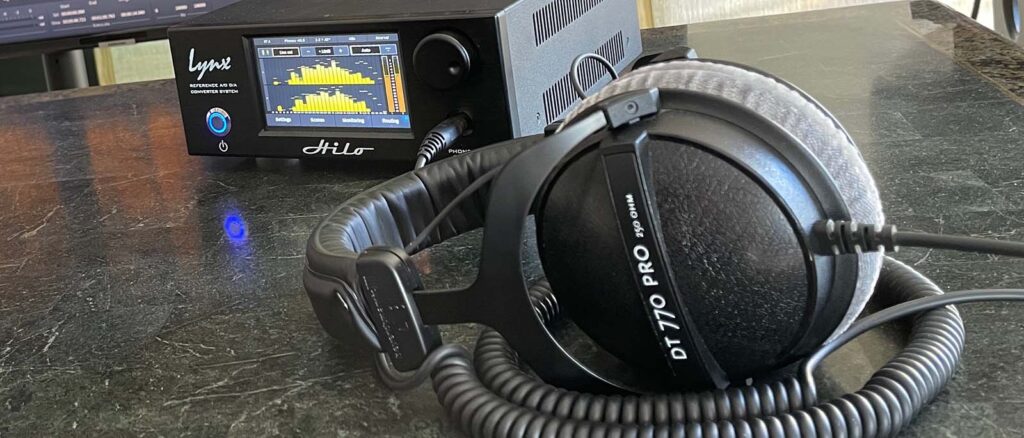
For reference, the cans I use are a pair of 250 ohm Beyerdynamic DT 770s.
The headphone amp has slightly less gain than the 002r had, but either is more than sufficient to nuke your ears if you’re not careful. My 002r’s headphone amp and jack have both been switched out more than once, so it’s probably not representative of the mod’s original version still, but the DAC it is coming off is of course the same. Impressions listed above as far as response and characteristics are all the same. I like the DAC. I like the amp. What else can I say?
The Interface (like, the screen thing)
When looking at the Hilo, I was like, “eh, the screen looks neat, I guess the Dorrough meter clone thing will be cool.” The pictures don’t do the screen justice, it looks great, and the meters are genuinely useful. It’s also nice to have something where ballistics are completely separate from the computer. Sometimes, meters in Pro Tools are sort of stupid, of GPU hiccups make things feel off. And that the calibration level of the VU and the RTA is adjustable makes them usable regardless of what spec you’re within. I find myself leaving it on the RTA most of the time unless I’m specifically aiming to keep dialogue or something at a particular level.
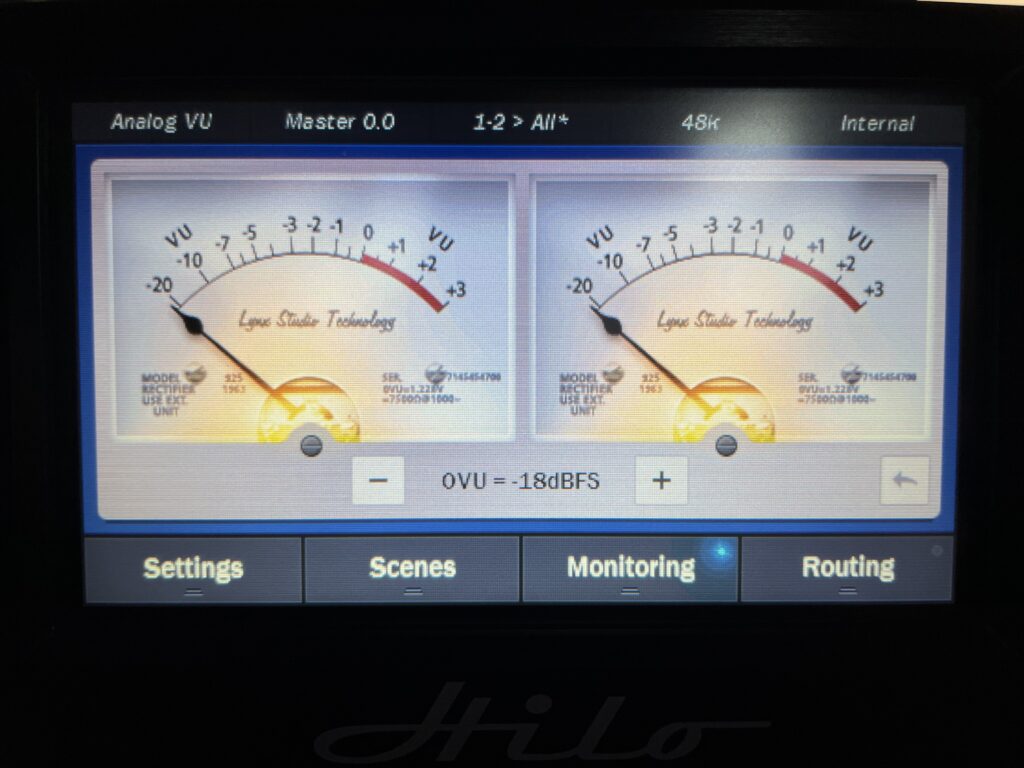
As far as the quality of the screen itself? Yes, it’s not a QLED 300 dpi blah blah whatever, but that’s beside the point. The function that it provides, and the ease of use–it’s great. And, importantly, for those of you with bright rooms like me, it is more than bright enough (while being adjustable and dimmable on a timer). And the resolution feels appropriate for the size.
The Interface (like, the plugs and connectors stuff)
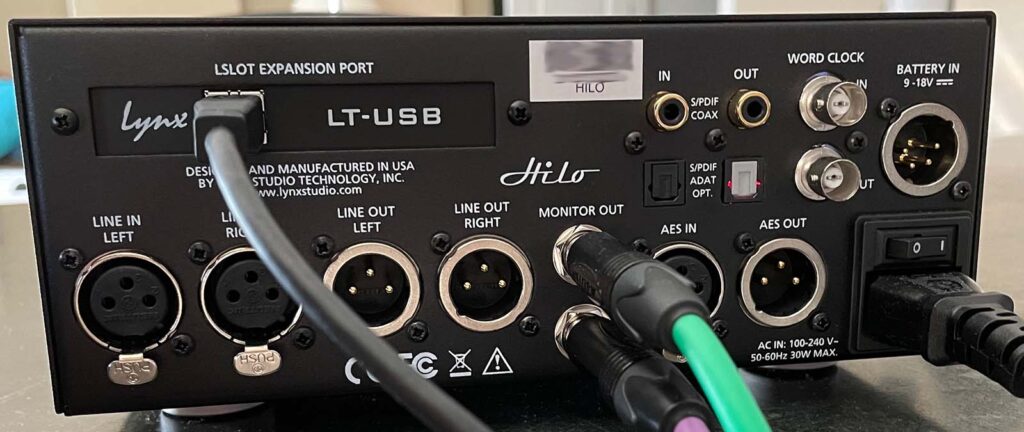
I mean…there’s not much to say here? At least not for me, being 99% ITB with everything that I do. Quality stuff, though. Everything you’d expect. I like the WC I/O is here, though it would be unlikely I’d use it anytime soon. Optical, S/PDIF, AES…cool, might use, might not. I do like that the lines I/O–and, well, everything for that matter–are patchable through the internals. I mean, technically you could set up a 5.1 system with this along, albeit a bit janky using headphone outs for the surround LRs or something, maybe the line outs for center and LFE.
Battery option is nice, though, again, I don’t plan to do much tracking, and certainly not remote. I read some reports on Gearspace, maybe, where it sounded it might be a bit cumbersome.
The Software

Seems cool, but the desktop app is a little dated. But literally haven’t used it at all. All control functions are perfectly accessible from the touch screen. I did update the firmware, which was incredibly easy. So I suppose, also not much to say here. The USB control panel that docks in the tray (for Windows) does fine, although I had some initial confusion about changing the buffer size. This must be done in the control panel, then in PTs buffer settings. Sample rate can be application controlled.
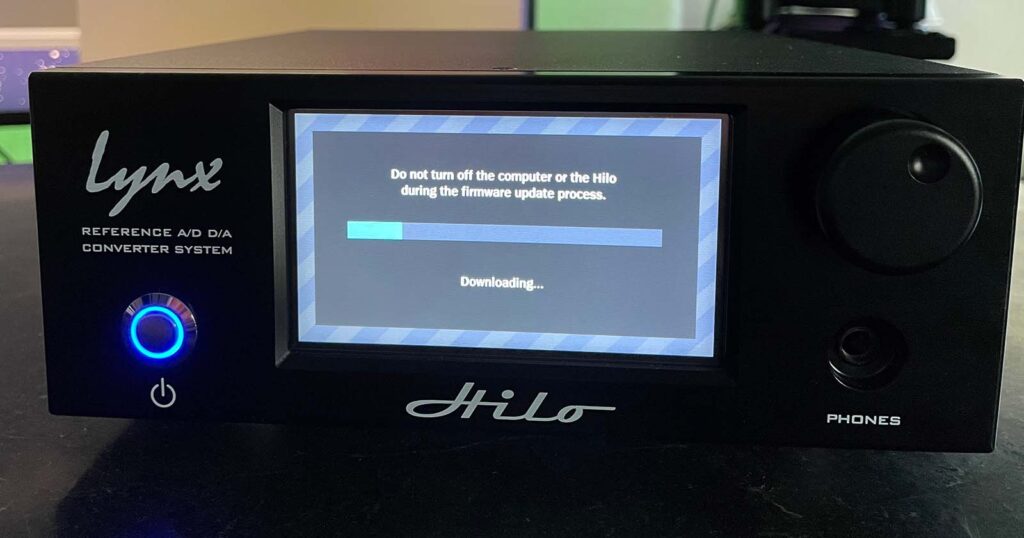
The Rotary Controller & Monitoring
Since Lynx had updated the Hilo to work better as a monitor controller, that whole component of the system was a big selling point for me. The control knob works wonderfully, and since the outputs are digitally controlled, no scratchy needs-some-deoxit noises and stuff to deal with. Great size, excellent responsive notching. Controlled, single clicks of the rotary provide 0.5dB adjustments in level, and quick swipes will scale up quickly so that you can sweep 20+dB instantly. And tapping or depressing the rotary lets you cycle through outputs, and it will even detect whether headphones are jacked in or not, only displaying them when it detects a jack inserted.
The mono, dim, and mute buttons are practically useless to me, though. But those are easily controlled digitally. My problem with them is that they live on a back page, not on a metering display, and the buttons are honestly too small for me to reliably hit accurately (and I don’t have sausage fingers…I think?). That’s one of my very, very few gripes about the system as a whole.
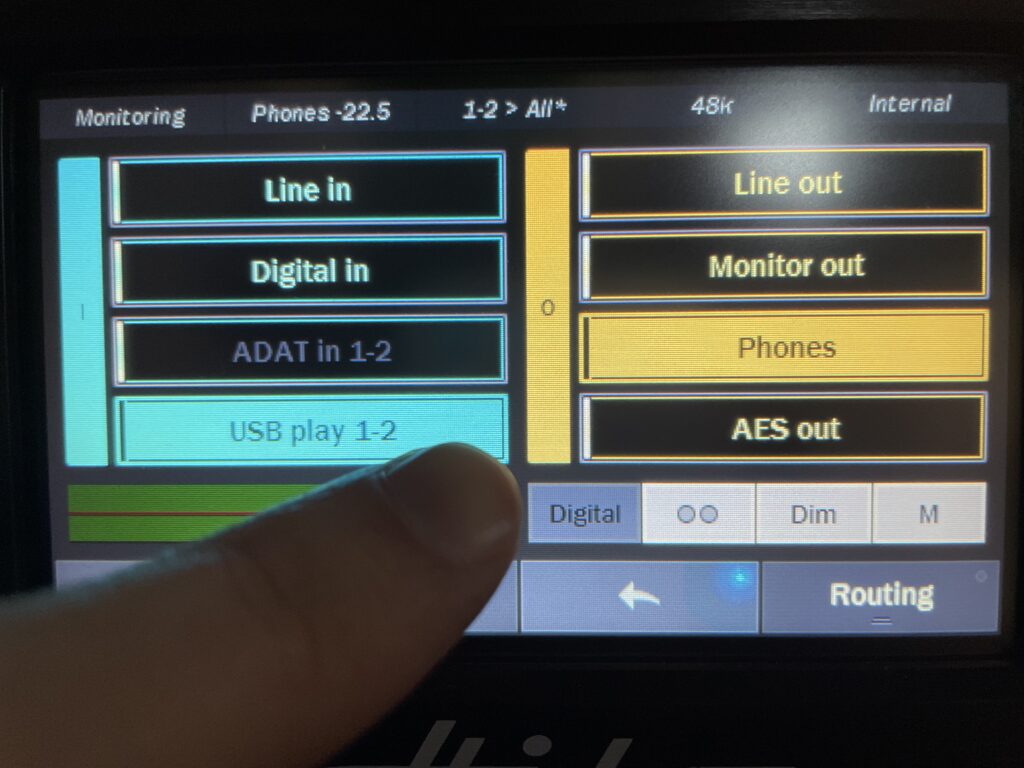
That’s Basically It
Yeah. So, as someone who was just not at all excited about replacing an interface that essentially felt like my spouse, I am really happy with the Hilo. I knew the 002r, I trusted it, and I felt comfortable billing work on it and knowing that what I did would translate. The Hilo has felt like an old friend from day one, and I think has provided an improvement in my monitoring situation. I’ve already done several jobs with this as my DAC, even some RX fine-tuning and restoration work, and the results have been great.
I may return to this post from time to time and update anything that changes or that I feel differently about.
As an FYI, when I purchased mine (with a USB coms card installed), it was list price at $2,295, after taxes and my shipping charges (east coast USA), which came to approximately $2,456. Unfortunately, supply chain problems and maybe even the chip shortage has pushed prices up and the Hilo is now listed on most retailers for $2,799. So this might push the real price of one well past $3,000 USD depending on where you live. I still think it’s worth that price, but for most people, this is a fair bit of coin.
Till next time.
P.S. Apparently you can get one (if in stock) from Walmart (sorry, what?) for $2,499? Why does Walmart have this listed? That’s so strange.



